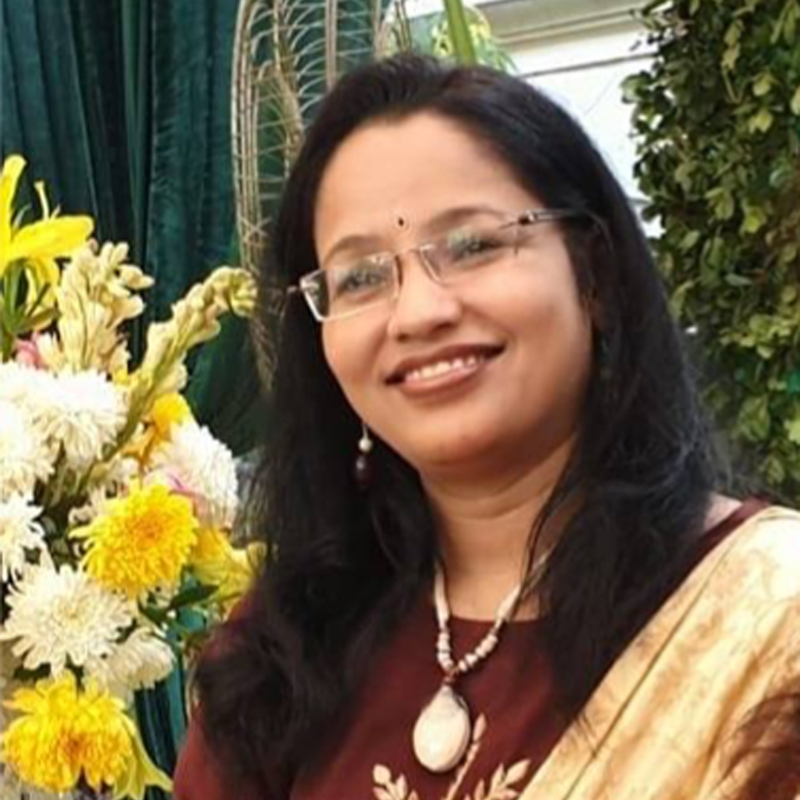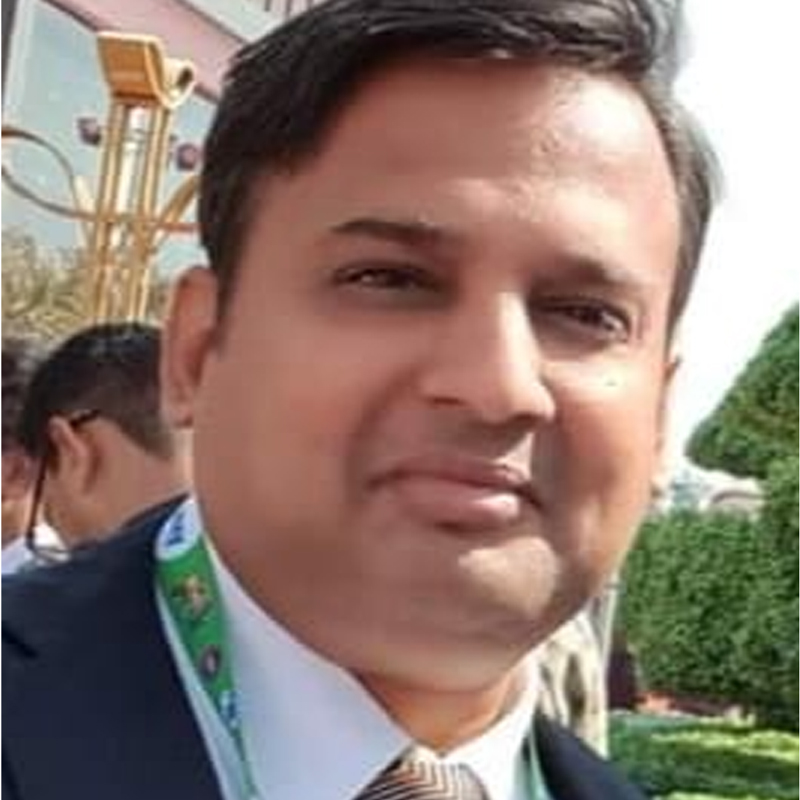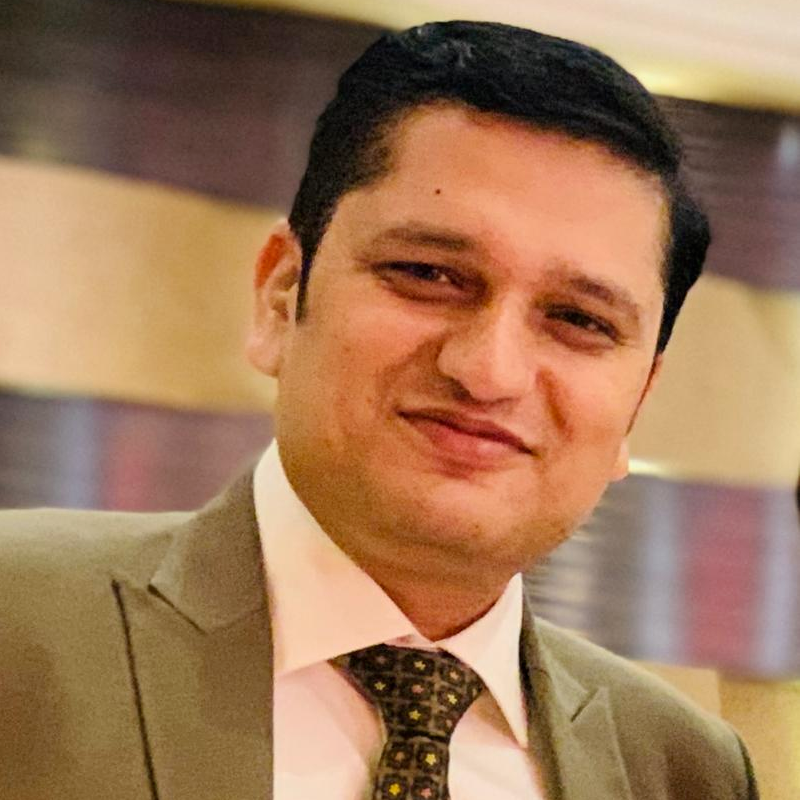Alarming Increase in Consumer Cases/Medical Malpractice Claims in India: How Medical Professionals Can Protect Themselves?
Downloads
Published
Keywords:
Medical Negligence Litigation ConsultantDimensions Badge
Issue
Section
License

This work is licensed under a Creative Commons Attribution 4.0 International License.
© Author, Open Access. This article is licensed under a CC Attribution 4.0 License, which permits use, sharing, adaptation, distribution and reproduction in any medium or format, as long as you give appropriate credit to the original author(s) and the source, provide a link to the Creative Commons licence, and indicate if changes were made. The images or other third party material in this article are included in the article’s Creative Commons licence, unless indicated otherwise in a credit line to the material. If material is not included in the article’s Creative Commons licence and your intended use is not permitted by statutory regulation or exceeds the permitted use, you will need to obtain permission directly from the copyright holder. To view a copy of this licence, visit https://creativecommons.org/licenses/byncsa/4.0/.
The number of cases against medical professionals for malpractice is increasing rapidly because of increased internet awareness ('Dr. Google') among patients. While very few cases may be legitimate and based on clinical negligence exercised by doctors, most medical professionals are wrongfully accused because of the lack of public understanding. The ophthalmic professionals must communicate empathetically, emphasize diligent service delivery and also maintain proper records about the patient history, consent, and treatment. This practice will bring down the alleged incidents of malpractice and will protect medical professionals from fake lawsuits. It is imperative to take substantial measures to ensure due diligence while performing surgical procedures, follow the provided guidelines, and take all necessary measures before performing any surgery in the hospital. Following surgical checklists, protocols, proper documentation (maintaining medical records), taking informed consent, communication about the outcome of the procedure or treatment, timely referral of the patient (in case of any complication), and obtaining adequate professional liability insurance coverage are a few important tips to minimize the risk of litigation against medical professionals and medical professionals. In a developing country like India where there is an abysmally low investment in health, the paucity of trained human resources, a huge gap between urban and rural health care, and poor political/administrative will to improve the health sector, it would be wise to implement a no-fault liability system within the public health sector and also to have caps on the amount of compensation after carrying out due research and discussion. India needs to overhaul the present system of addressing medical negligence using all of the above-mentioned solutions effectively. Medical professional bodies of India should ask the ministry of law to cap compensation for malpractice.Abstract
How to Cite
Downloads
Most read articles by the same author(s)
- Vidushi Sharma, Suresh K. Pandey, How to Become the Best Doctor and How to Build the Best Medical Practice? , UP Journal of Ophthalmology: Vol. 8 No. 01 (2020): UP JOURNAL OF OPHTHALMOLOGY
- Suresh K. Pandey, Vidushi Sharma, Remembering the Life and Legacy of Padma Bhushan Dr. Sengamedu Srinivasa Badrinath , UP Journal of Ophthalmology: Vol. 12 No. 01 (2024): UP Journal of Ophthalmology
Similar Articles
- R. Gayathri, Aanvi Alakshya, Shalvi, Sanjiv Kumar Gupta, Doctor Google, A Friendly Neighbour, or A Nosy Misleader? , UP Journal of Ophthalmology: Vol. 12 No. 02 (2024): UP Journal of Ophthalmology
- Reena Sachan, Abhishek Singh, Aditi Garg, Divya Singh, Superinfection of Mucormycosis in Post-COVID-19 Patients with Diabetes at Tertiary Care Hospital in Eastern Uttar Pradesh , UP Journal of Ophthalmology: Vol. 12 No. 01 (2024): UP Journal of Ophthalmology
- Shalini Mohan, Ditsha Dutta, Anchal Tripathi, Namrata Patel, Recent Advances in the Medical Management of Glaucoma , UP Journal of Ophthalmology: Vol. 12 No. 02 (2024): UP Journal of Ophthalmology
- Aditi Saroj, Ankita Singh, Mukesh Prakash, Namrata Patel, Sneha Ranjan, Surabhi Agarwal, Shalini Mohan, Uses of Topical Cyclosporine in Ophthalmology: A Review , UP Journal of Ophthalmology: Vol. 12 No. 03 (2024): UP Journal of Ophthalmology
- Deepansh Garg, Lokesh Kumar Singh, Alka Gupta, Jaishree Dwivedi, Priyanka Gusain, Priyank Garg, Correlation of Peripapillary Vessel Density by OCTA with Visual Field Defects in Primary Open-Angle Glaucoma: A Cross-Sectional Study , UP Journal of Ophthalmology: Vol. 13 No. 02 (2025): UP Journal of Ophthalmology
- Shalini Mohan, Editorial , UP Journal of Ophthalmology: Vol. 9 No. 02 (2021): UP JOURNAL OF OPHTHALMOLOGY
- Aanvi Alakshya, R. Gayathiri, Ritik Jain, Ankita, Salvi, Sanjiv Kumar Gupta, Firecracker or Grenade: A Case Report of Shrapnel Injury and Review of Literature , UP Journal of Ophthalmology: Vol. 12 No. 03 (2024): UP Journal of Ophthalmology
- Mohd Uzair Zakai, SUMBUL S. KHAN, NEELIMA MEHROTRA, AKHIL AGARWAL, JEEVAN SHANKAR VERMA, AMRITA BAJPAI, Cross-sectional study of computer vision syndrome among human resource professionals in tertiary care hospital , UP Journal of Ophthalmology: Vol. 5 No. 01 (2017): UP JOURNAL OF OPHTHALMOLOGY
- Sakshi Singh, Neelima Mehrotra, Shipra Tripathi, Kushal P Yadav, Ria Batra, Sara Rizvi, Computer Vision Syndrome: Is It a Silent Epidemic? , UP Journal of Ophthalmology: Vol. 11 No. 01 (2023): UP JOURNAL OF OPHTHALMOLOGY
- Radhika Gupta, Richa Chauhan, Reena Sharma, Narendra Gupta, Mafat Lal, Ravi Ranjan, Linezolid Optic Neuropathy , UP Journal of Ophthalmology: Vol. 12 No. 01 (2024): UP Journal of Ophthalmology
You may also start an advanced similarity search for this article.






